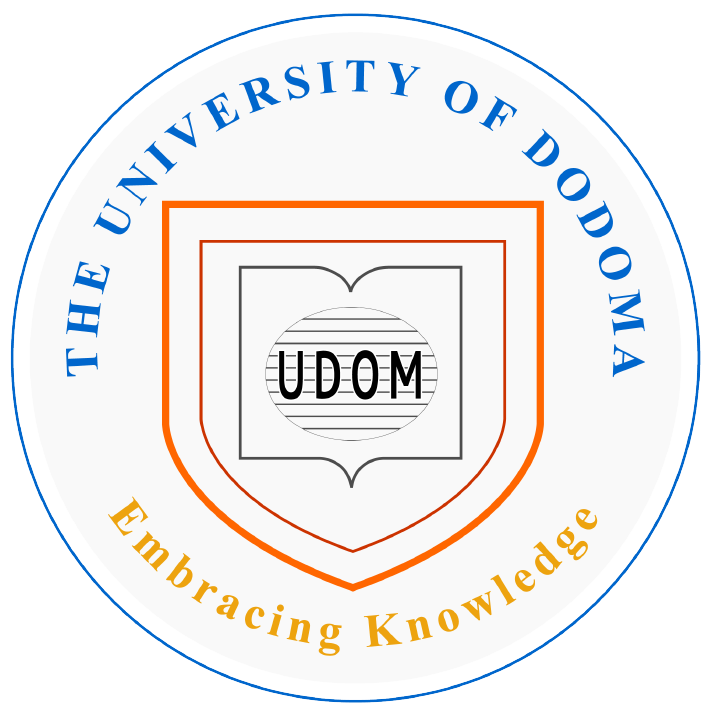Abstract
This study examines determinants of food inflation before, during and after COVID-19 in Tanzania. The study used monthly time series data covering both pre-COVID and post-covid periods. The Chow test was employed to analyze whether the prevalence of the pandemic has influenced food prices. The results reveal that the price of fuel and global food prices account for food inflation in Tanzania. The effects, however, are bigger during and after the pandemic than before the crisis because of COVID-19-induced movement restrictions and lockdowns, which have battered the food supply chain. The study further finds that before the pandemic increase in extended broad money supply and government expenditure in the form of wages and salaries have no significant contribution to food inflation. However, after the pandemic, these accommodative expansionary fiscal and monetary policy measures to restore the economy to equilibrium resulted in inflationary pressure in the country. Moreover, the results show that the national food reserve has no significant effect on food prices, neither before nor after the pandemic. This outcome is partly attributable to the shortage of food caused by drought. Thus, to control food inflation, the government has to increase measures towards reducing fuel prices. These include reducing fuel import duties along with revising the whole fuel importation system. Also, the government needs to inspire its citizens to increase food production through increasing subsidies on agricultural inputs to cut down production costs. This is important to take advantage of high food prices in the international markets while maintaining adequate national food reserves. In addition, both fiscal and monetary authorities need to control public expenditures and money supply in the economy. While the government needs to reduce avoidable and unnecessary government expenditures the BOT has to ensure the growth rate of the money supply does not exceed the expansion of the economy.
